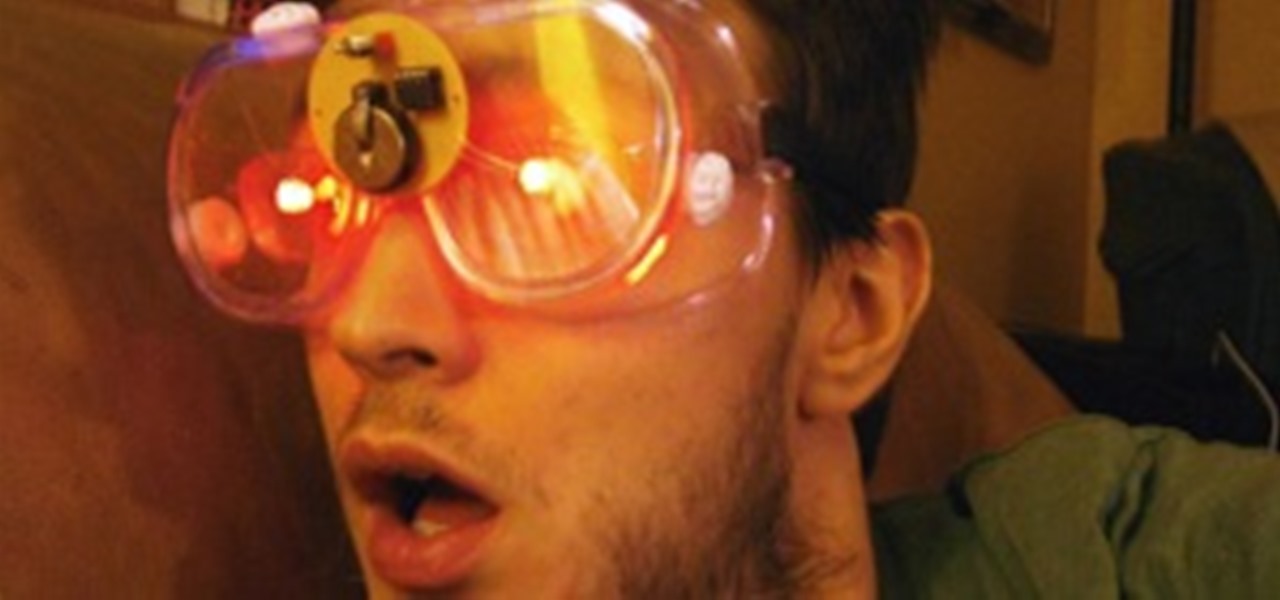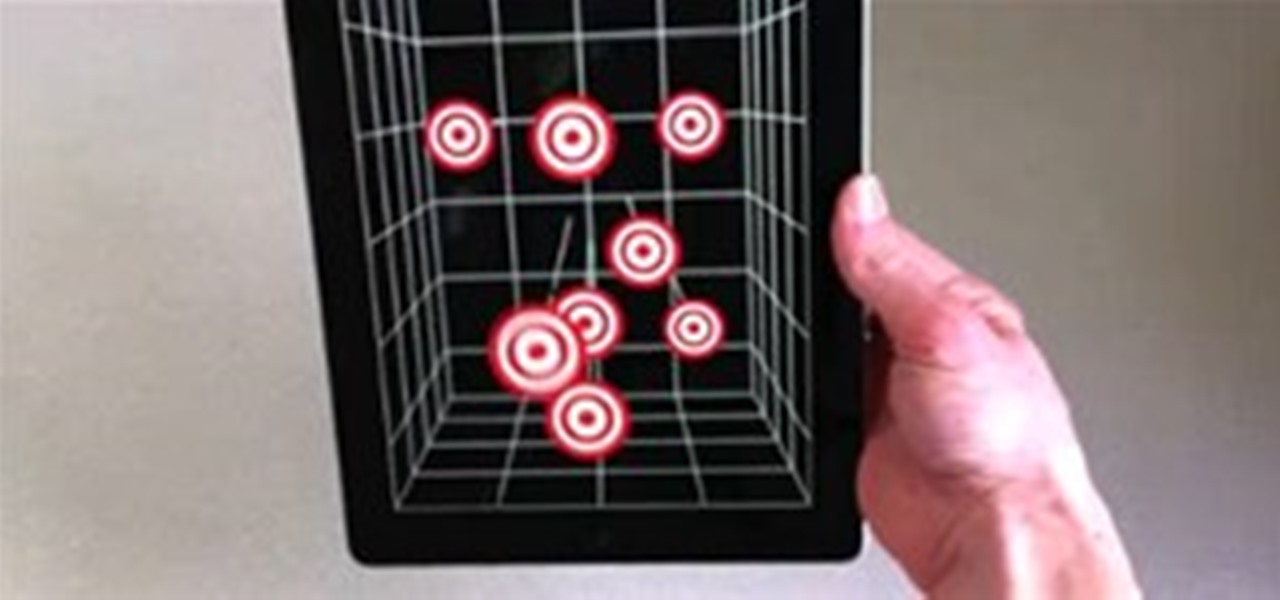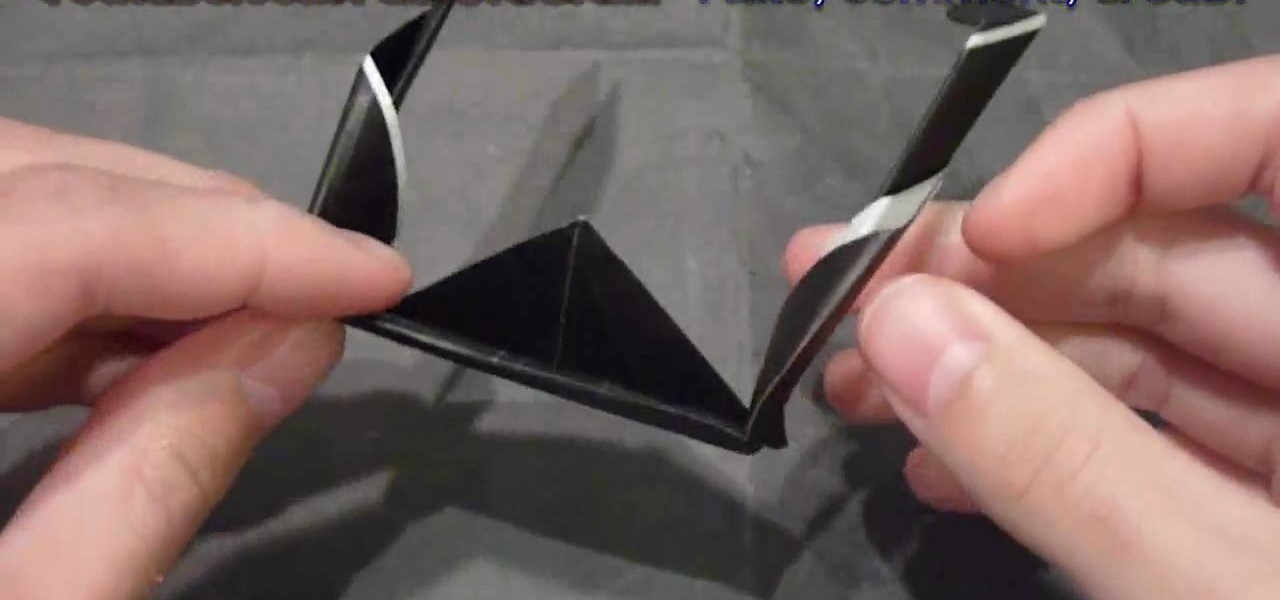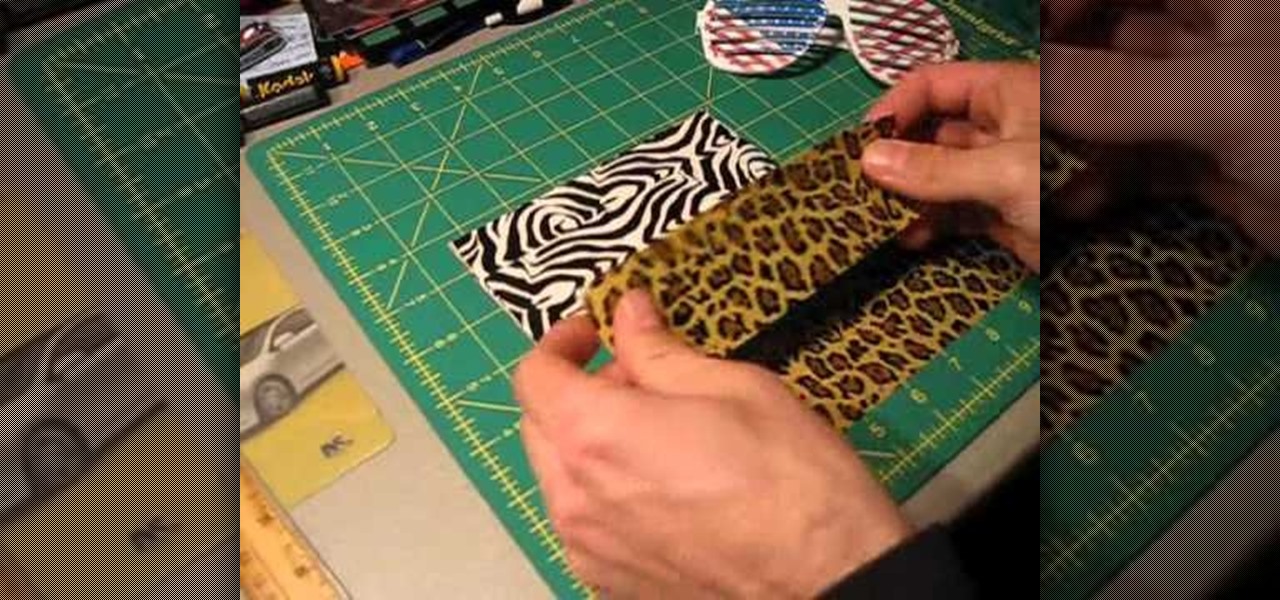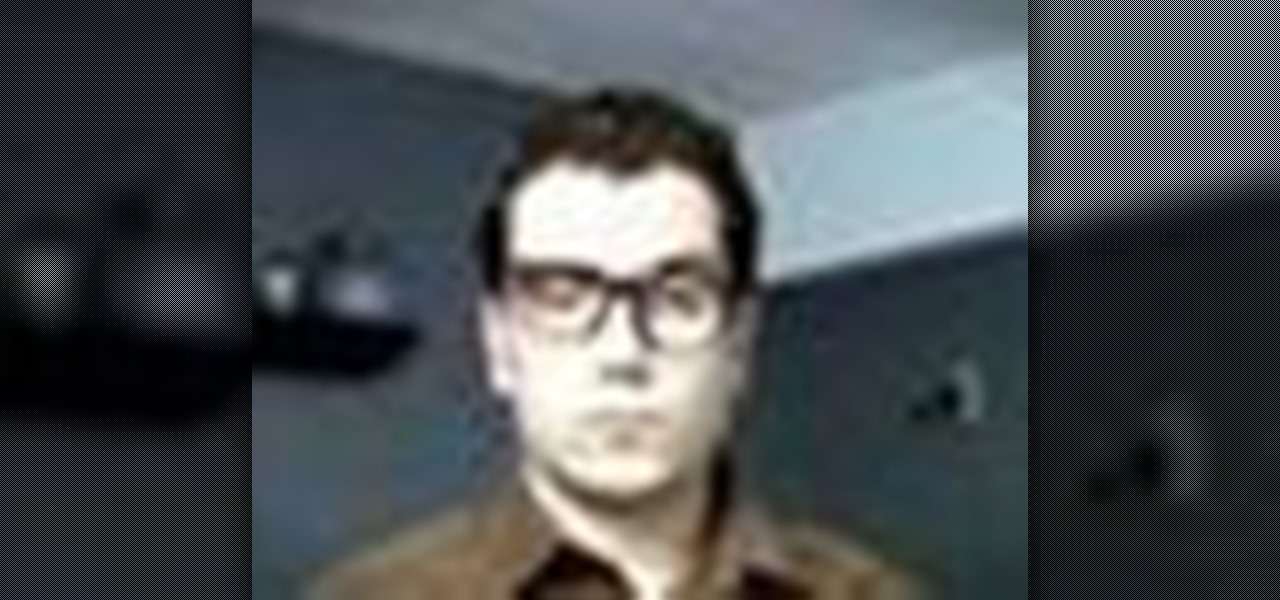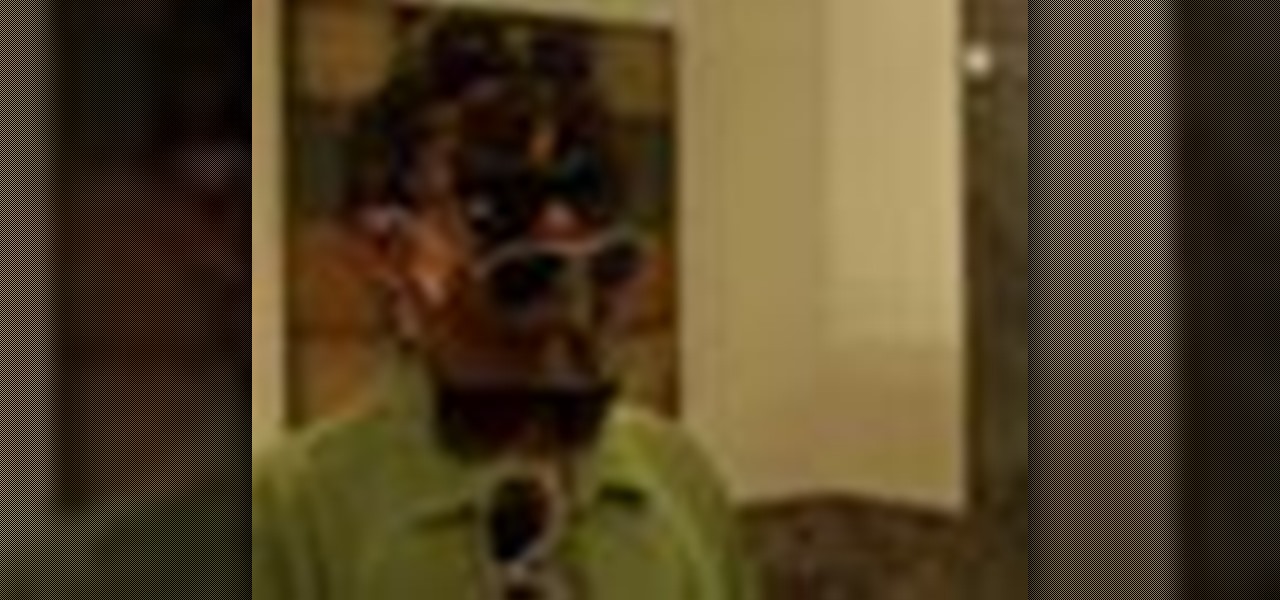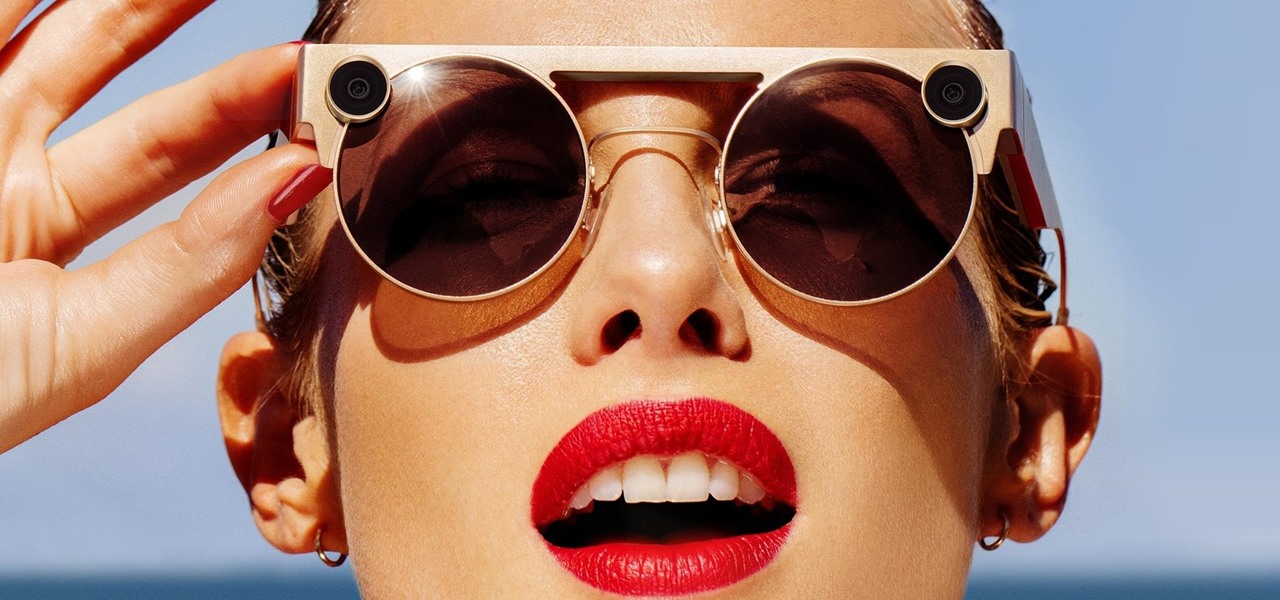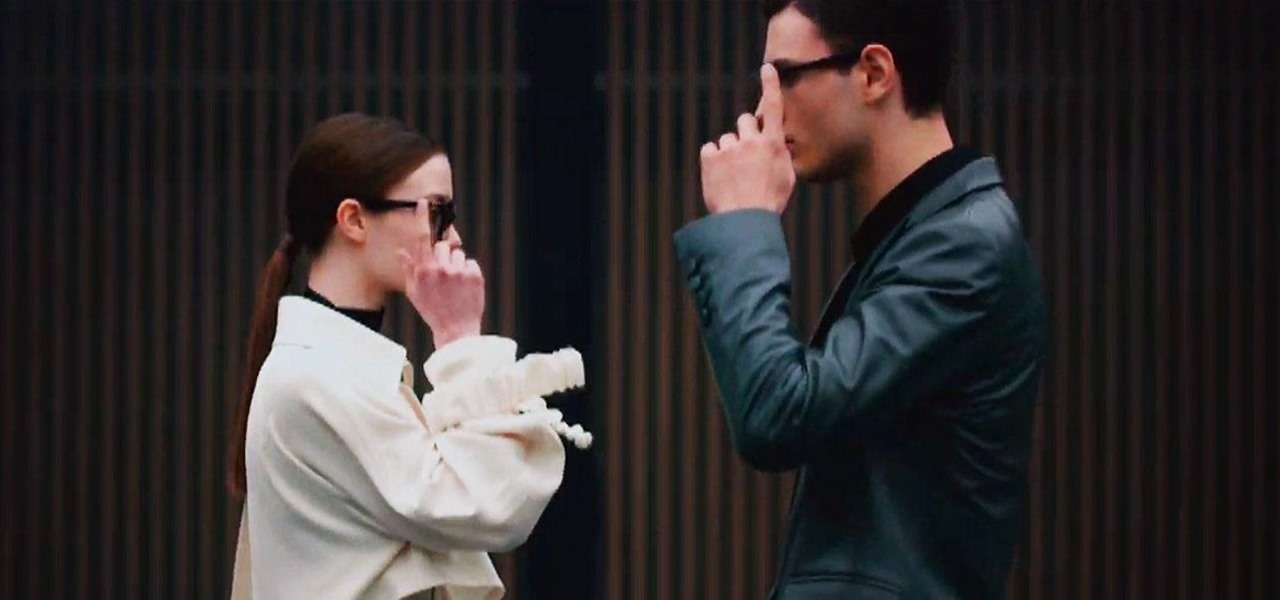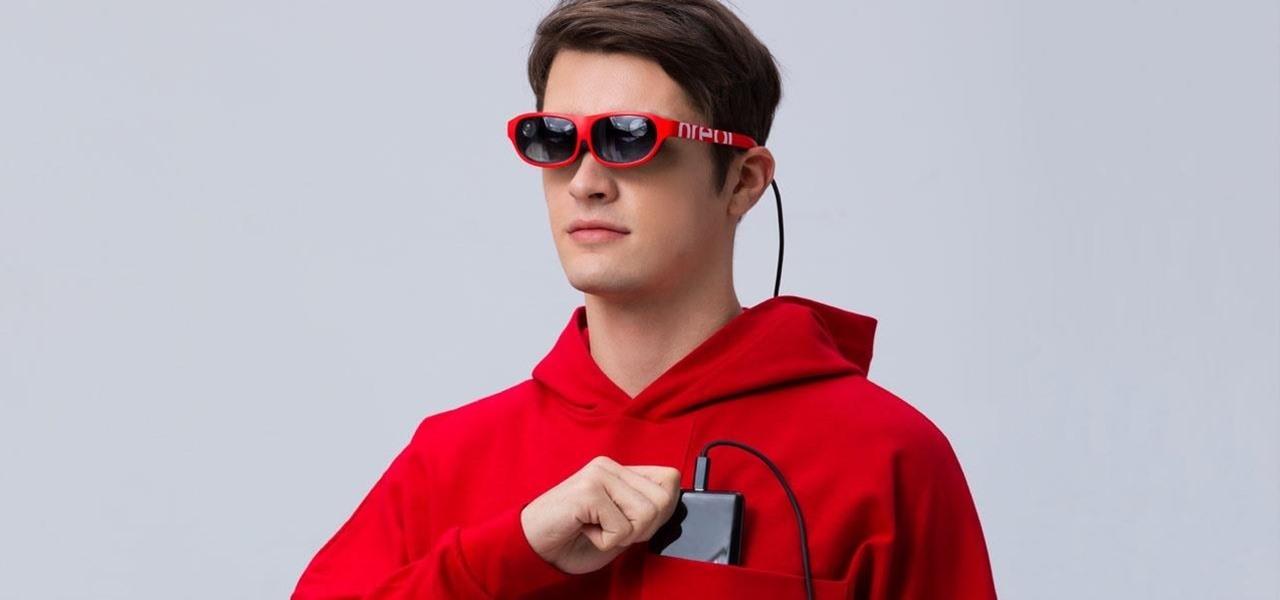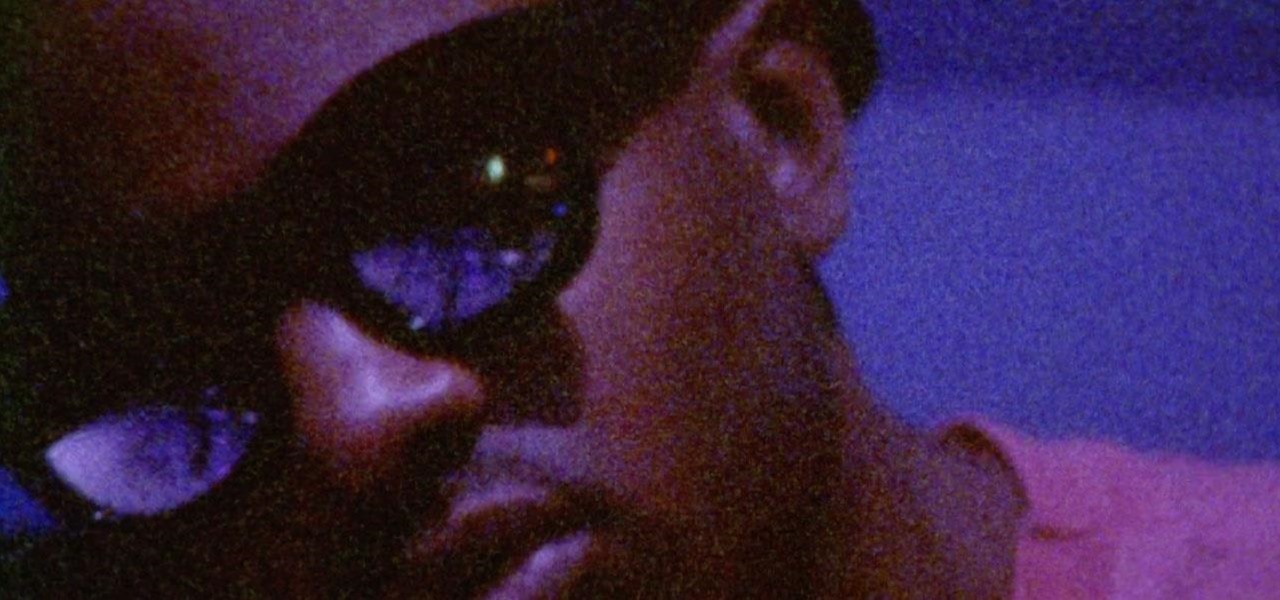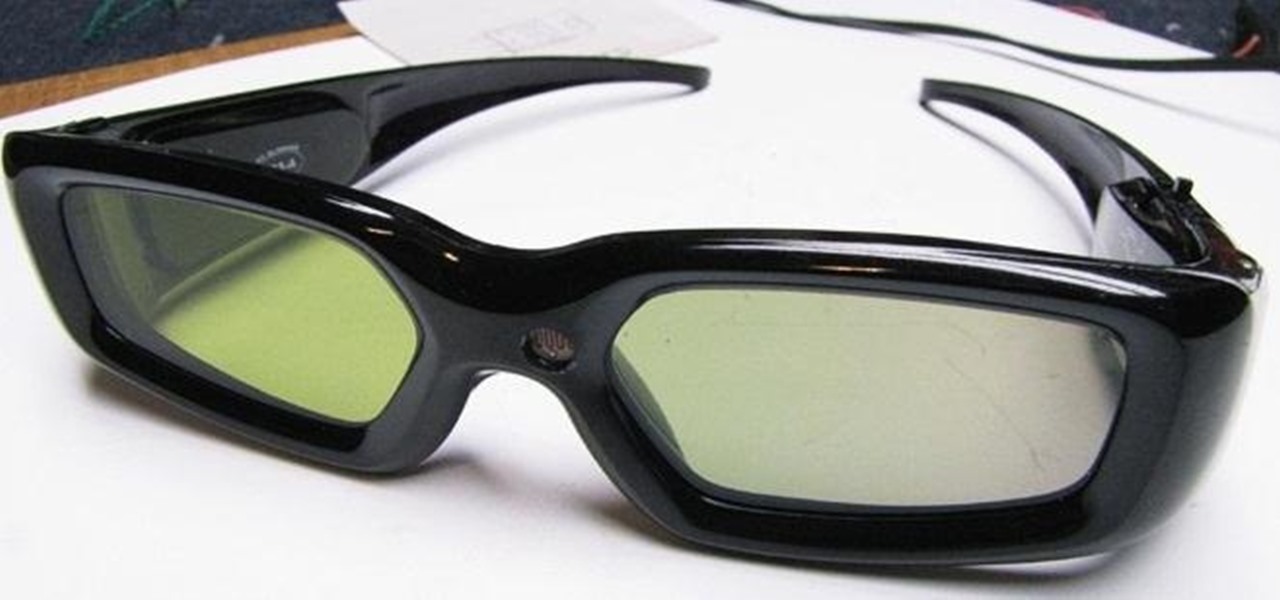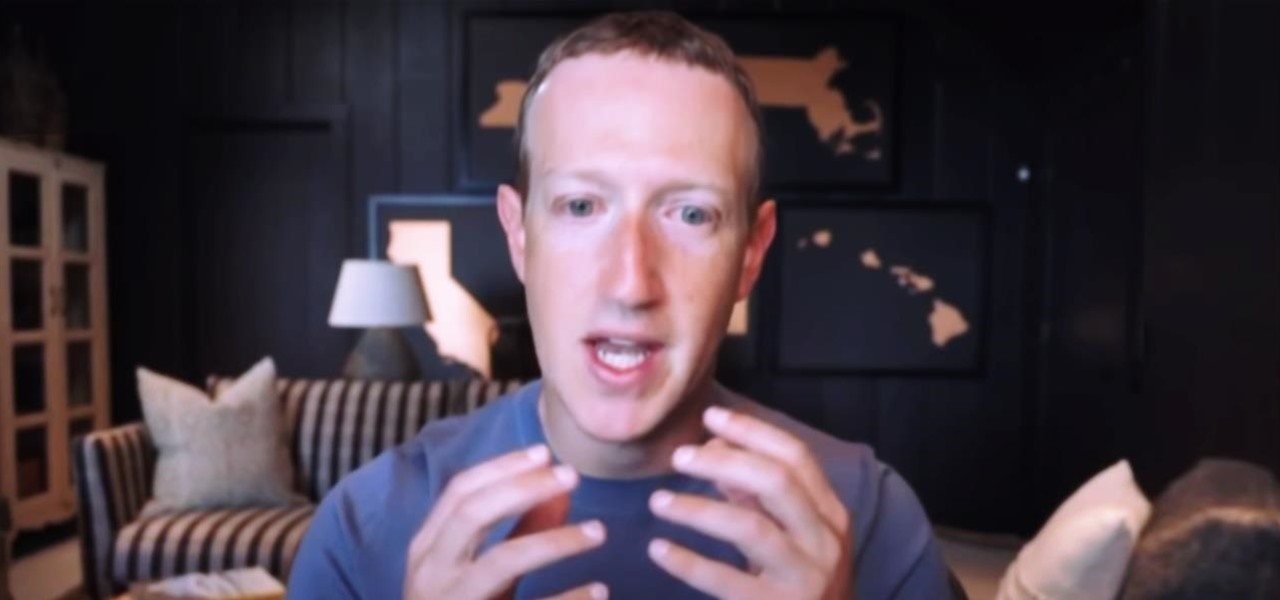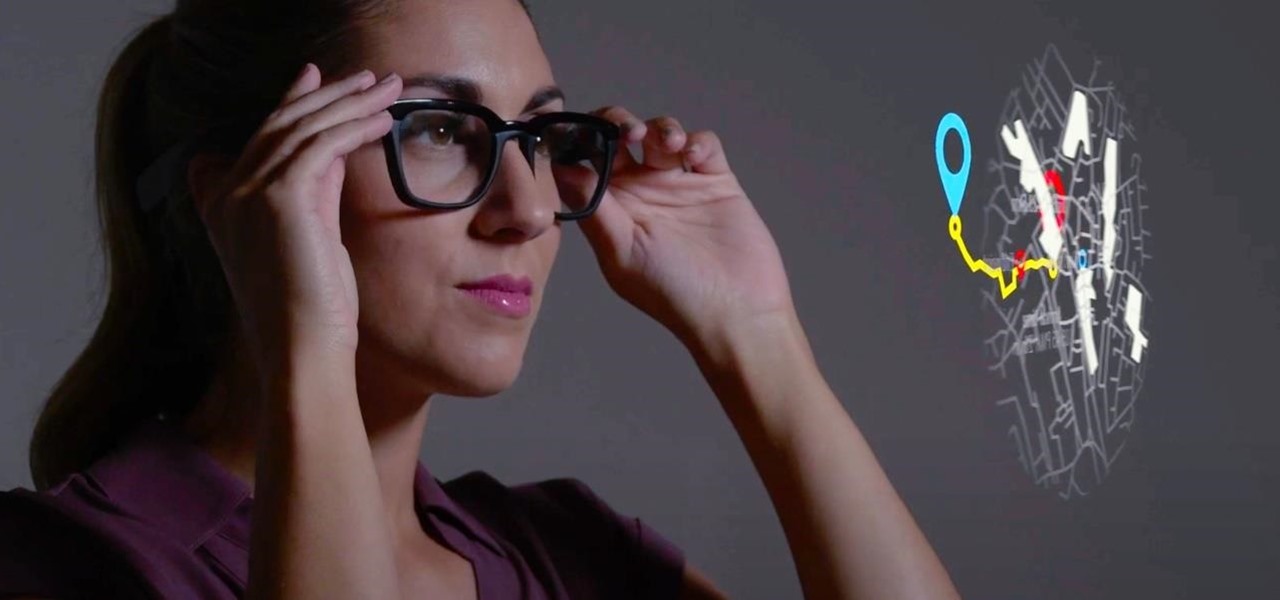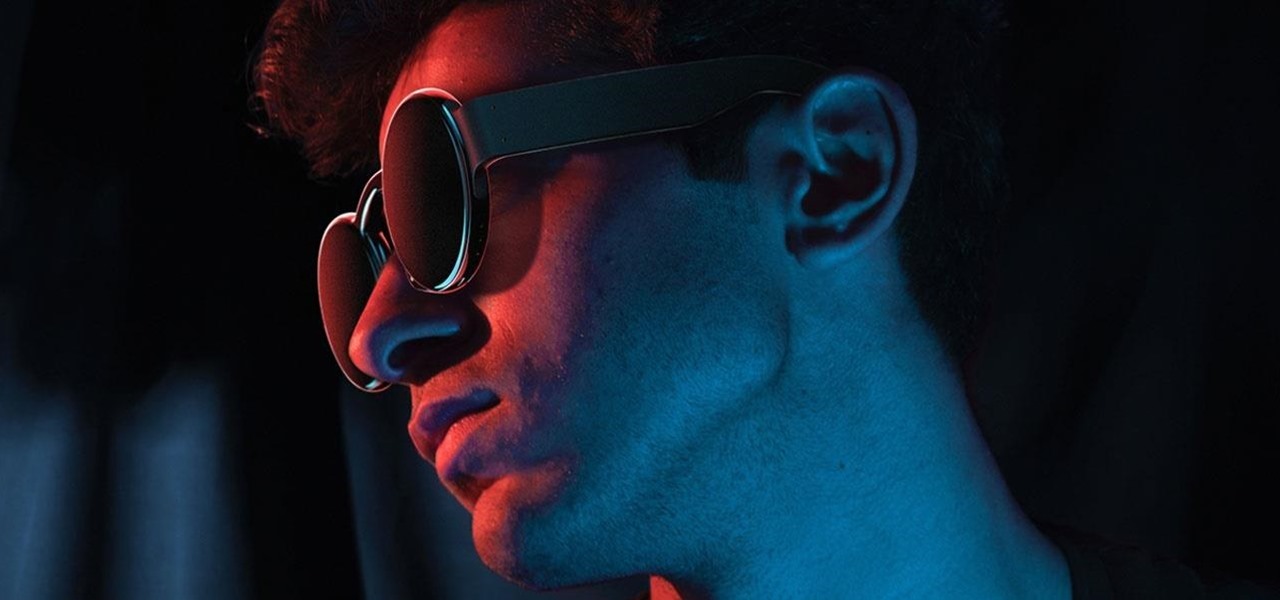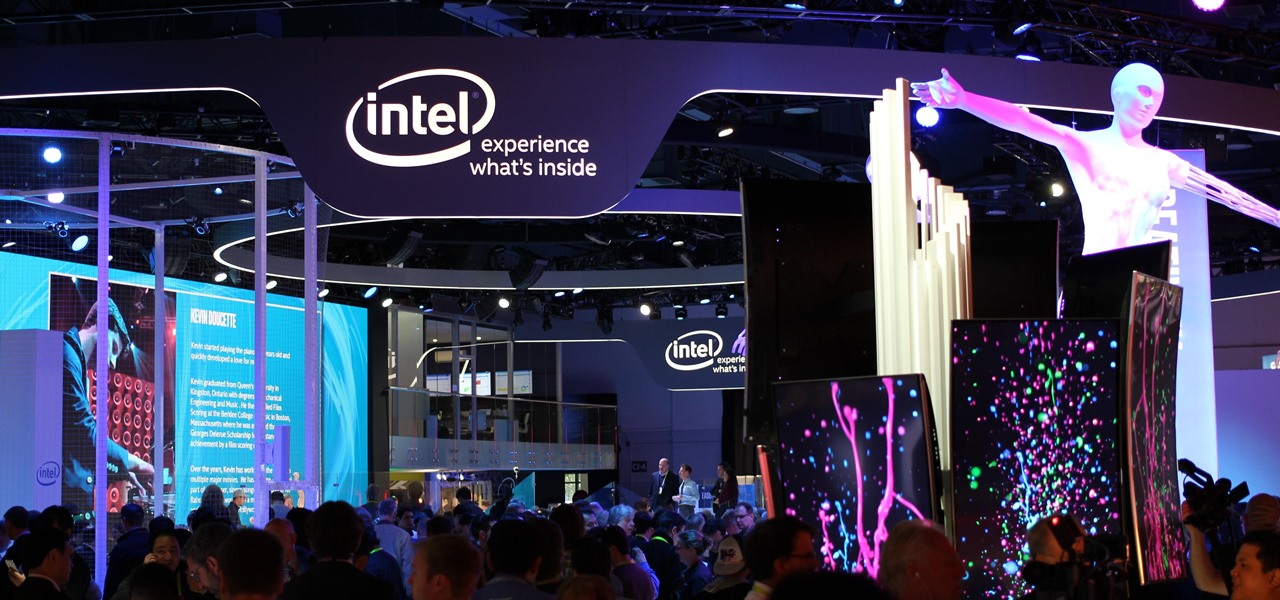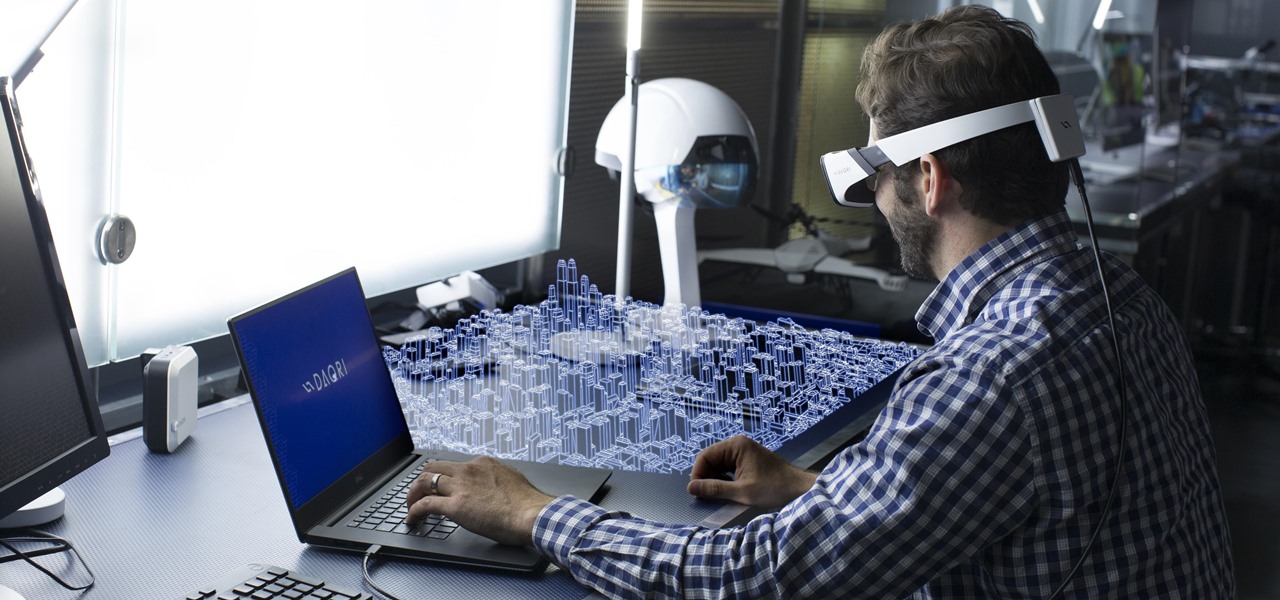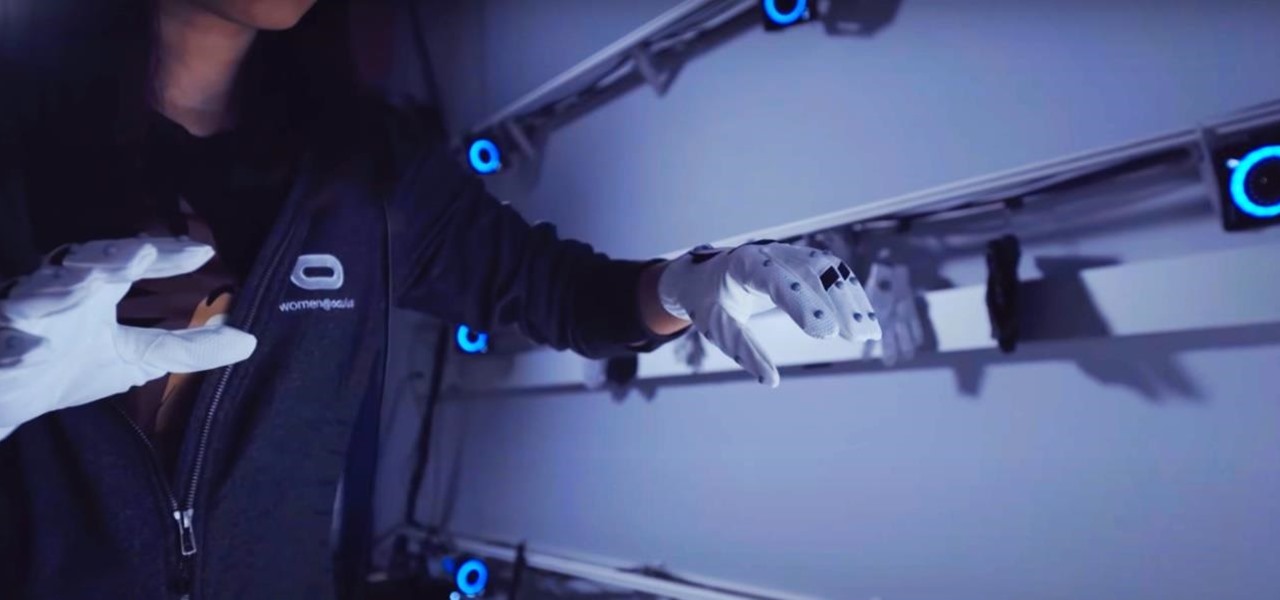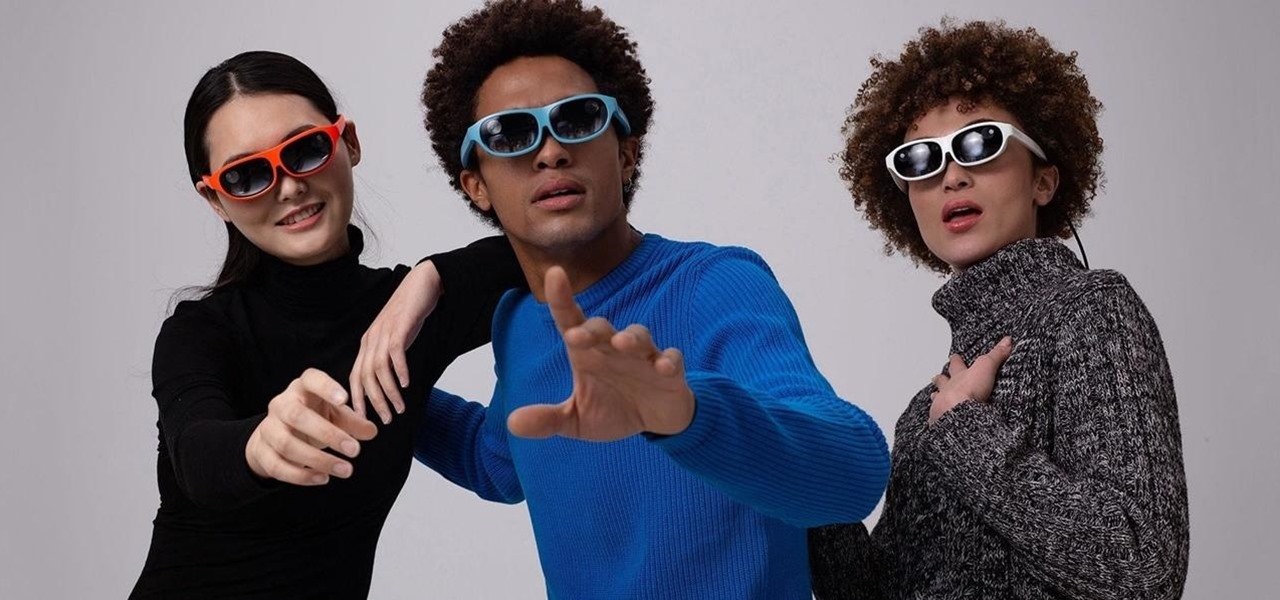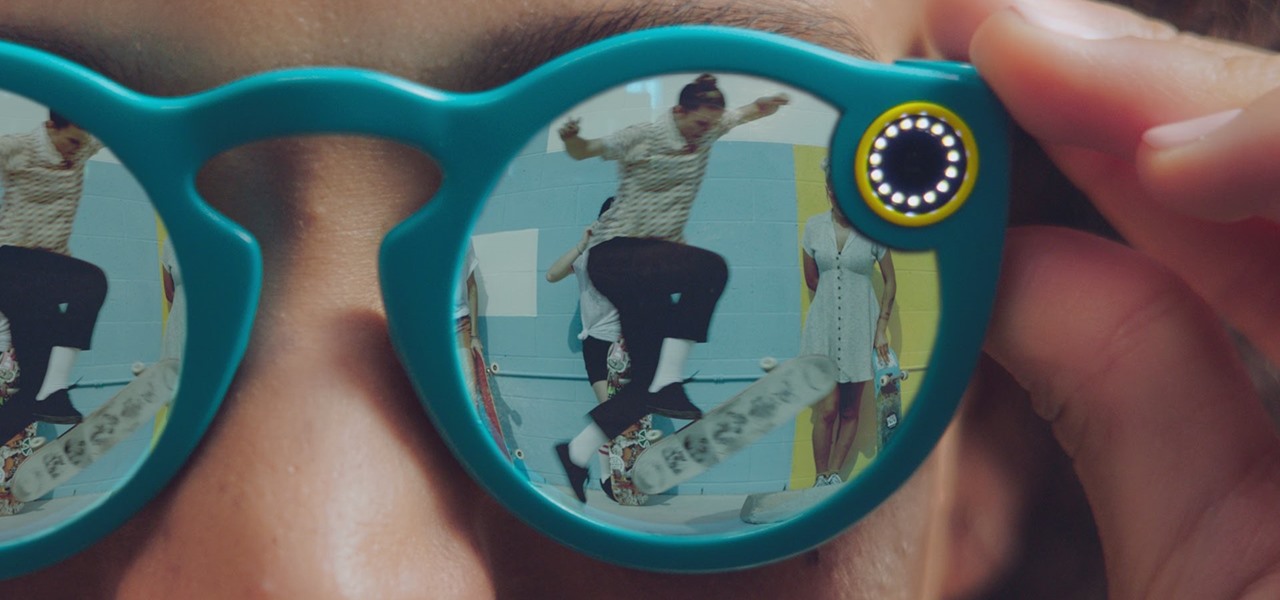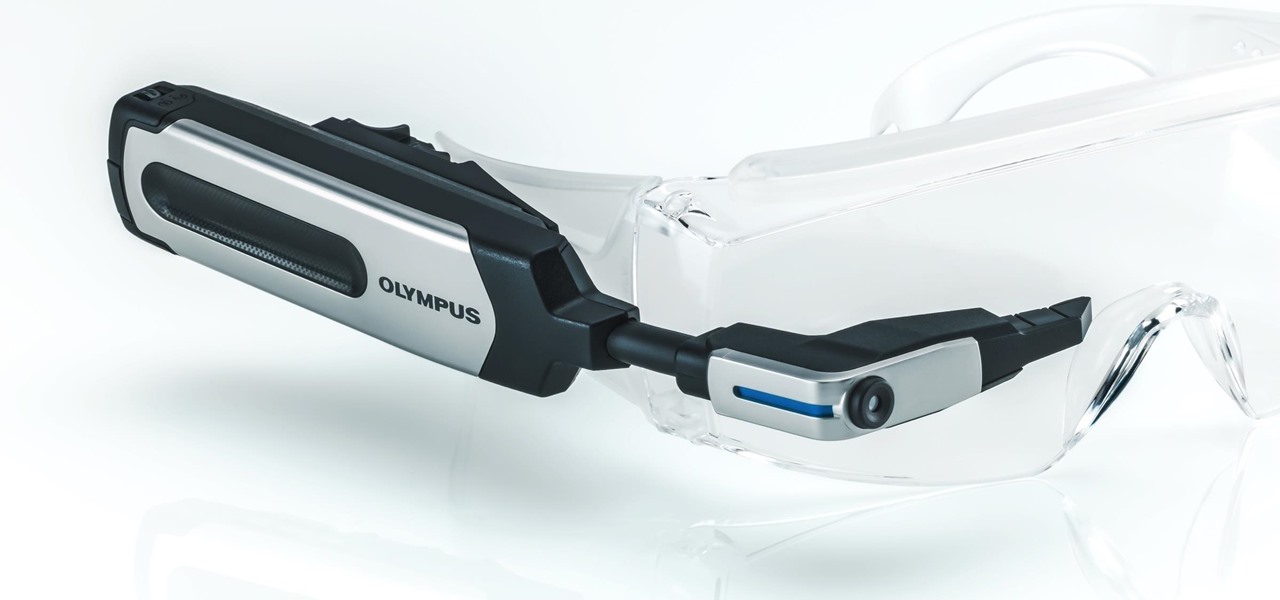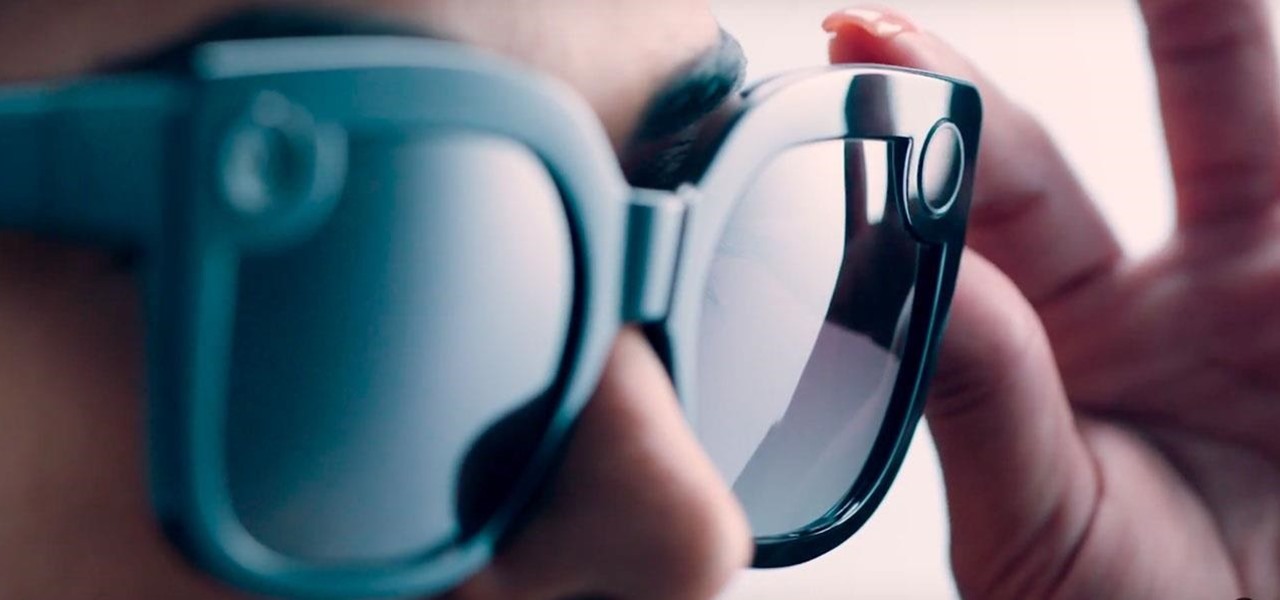
Glasses-free 3D is devouring the United States, one mobile device at a time. First, gamers experienced autostereoscopic play with the Nintendo 3DS, then smartphone users got the HTC EVO 3D, and now laptops users can enjoy glasses-free 3D technology with Toshiba's upcoming Qosmio F750, available this August.
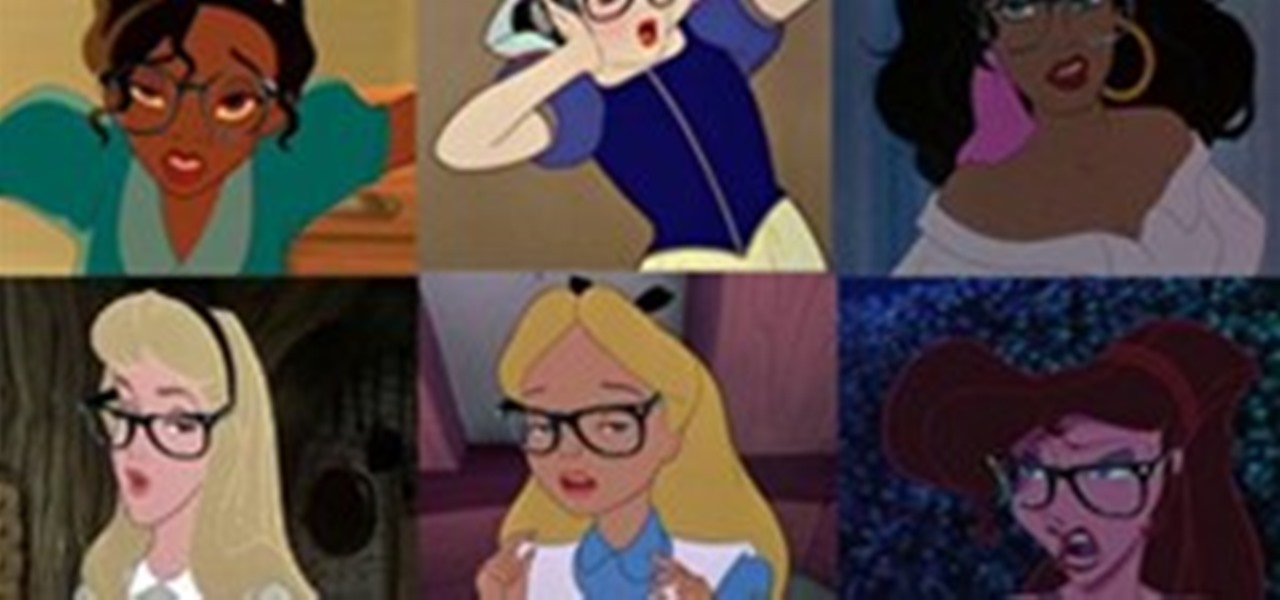
Add some glasses and you get the instant Disney Hipster.

Forgive me, I am posting an ad. But Czech glass musician Petr Spatina is incredible. He achieves amazing range with just crystal glasses, water, and his extremely deft hands. He is really that good, check out these two vids shot on the street, not the best quality but amazing.
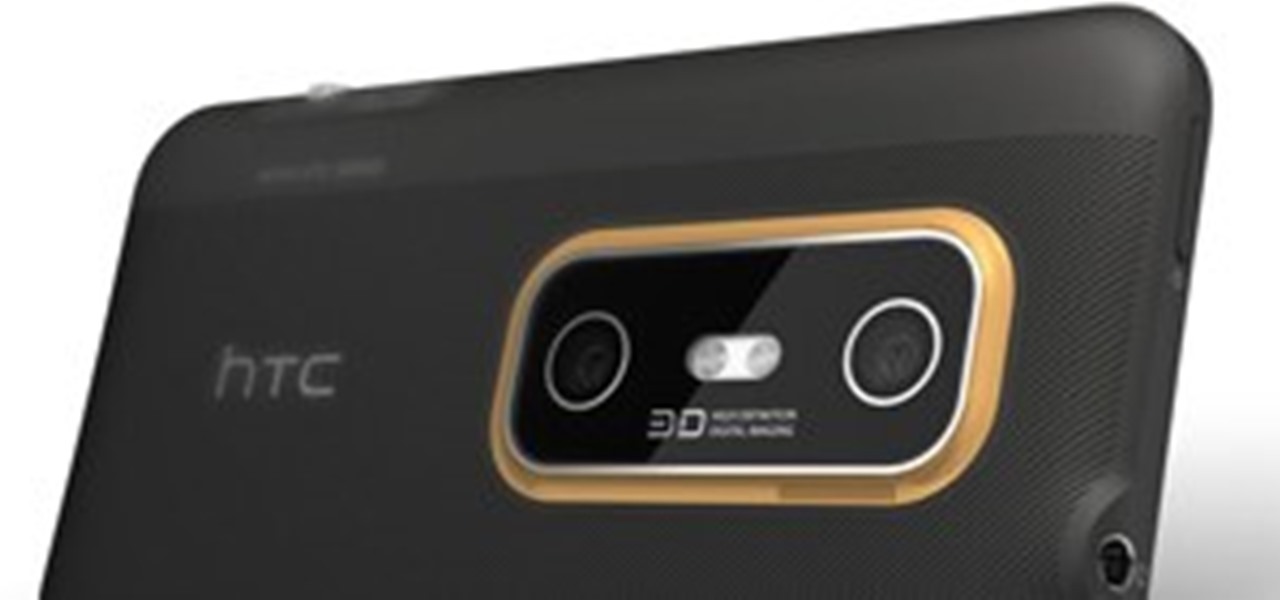
Some speculated that LG's Thrill 4G would be the first 3D smartphone to hit the U.S. marketplace, but HTC's EVO 3D hit shelves first, going on sale last Friday for all Sprint customers. It boasts a slew of high-end features, including a 4.3-inch touchscreen display with 540 x 960 qHD resolution, 1.2Ghz Qualcomm Snapdragon dual-core processor, 3G and 4G connectivity, and Android 2.3 Gingerbread with HTC Sense. But obviously, the best part about this new device is its three-dimensional capabili...

Imagine walking around and everyone looks awesome! Ok, maybe this beauty is only skin deep or shall we say AR deep. Coming soon to a pair of glasses near you, you will be able to put on glasses that actually make people look more muscular, have bigger boobs, look tan & blonde, etc... Now imagine that you can push a button or say a word and now all the people around you become brunette. Then another setting makes everyone slightly shorter than you. All of this in realtime!

Smartphones have already hit the shelves with glasses-free 3D displays, but now you can enjoy the luxury of a 3D display on your 2D devices, thanks to Japanese company Global Wave. They've developed a special film that allows you to enjoy three-dimensional content on existing two-dimensional products, from laptops to computer monitors, along with iPads and iPhones.

just experimented to wear those eyeglass which are partially concave and convex no editigns and mixings in this

Dreams are like an internal human holodeck. Inside your mind, anything is possible, from your grandest wishes to your worst nightmares. This is all well and good, but what if you could control your dreams and become the omniscient god of a handpicked reality whenever you go to sleep? Inception took this idea to the logical extreme by invading other people's dreams.

It seems the French have carefully observed the hacking achievements of one super clever Carnegie Mellon grad, turning his hack into a modern iPad application-to-be.

On last week's Gizmodo Shooting Challenge, submittors were challenged to create photos that could be seen in 3D, simply by refocusing the eyes to merge two appropriately placed white dots.

Lady Gaga is known for her outrageous looks and everything she wears makes a statement. Perhaps her biggest statement of all is her video screen sunglasses. Gaga wears these glasses often and now you can make your own! Best of all, this look can be completed for about 20 bucks!

Before you endeavor to make these stylish sunglasses, you should note that they're intended more for decor and play (think Lady Gaga's memorable smokey cigarette glasses in her music video for "Telephone") than for actual wear.

This mini tutorial will show you how to create a holder or case for your favorite pair of sunglasses. Of course, this tutorial will also work if you want just a regular glasses case, too! Make sure you have a ruler or measuring tape to measure the dimensions of your glasses.

Try these simple fixes to salvage your specs. Learn how to fix your eyeglasses with this helpful guide.

Dr. Kiki creates fire from a pair of glasses, Moujan transforms an empty wine bottle into a lamp, and Heather reveals an underground band who hails from Tokyo!

A great pair of sunglasses can make you look like a celebrity. Follow these steps to choose the best style for your face.

After teasing what smartglasses powered by Snapchat might look like with two product cycles of camera glasses, Snap has now added augmented reality capabilities to its third take on Spectacles.

During Huawei's P30 smartphone launch event on Tuesday, the China-based company unveiled a surprise addition to its line-up: smartglasses.

If you've ever spent any serious time examining the Chinese tech startup world, you know that it moves fast — very fast. The tech startups hailing from Beijing and Shenzhen are moving so fast that they're now in serious competition with Silicon Valley.

Just when you thought Google Glass was dead, it turns out there may be a second life for the often ridiculed device that won't relegate it to the staid confines of factories and repair jobs.

Augmented reality hardware maker Vuzix came to the rescue of a vision-impaired student in Pennsylvania today by delivering a pair of Vuzix M300 Smart Glasses to enhance her eyesight.

Augmented reality wearables maker ThirdEye Gen, Inc. has officially released what it claims are the "smallest mixed reality glasses" in the X2, which will be available for hands-on demonstrations at the company's CES 2019 booth this week.

Wouldn't it be awesome if your glasses could detect when it's bright outside and automatically darken? Well, the technology has been around for a while, but it'll set you back a few hundred bucks.

Ever since Facebook announced its partnership with Luxxotica brand Ray-Ban to produce smartglasses, the augmented reality space has been on high alert awaiting more details.

We often discuss the augmented reality efforts coming from the biggest players in Silicon Valley like Google, Facebook, Apple, and others, but one name that keeps coming up when you really begin to dig into the AR space is Vuzix. Since the late '90s, the company has quietly but deliberately worked to build itself into a viable competitor in the enterprise space via its wearable display technology.

Smartglasses maker ThirdEye has announced that its X1 model wearable will be updated by the slimmer, as yet unreleased X2 model. Both devices will be promoted and sold through its partner, brick and mortar technology retailer b8ta.

After years of rumors, we got our Apple Watch, and we have our anniversary iPhone, so now everyone has moved on to a new Apple rumor obsession: Apple smartglasses. And, in keeping with Apple rumor tradition, we're getting some pretty imaginative ideas of what the next big Apple product might look like.

The coming year promises to be a good one for those of us watching the augmented and mixed reality world. And the Consumer Electronics Show (CES), starting Jan. 5 in Las Vegas, Nevada, for its 50th year, is bringing 2017 in with a bang—we're expecting a ton of great announcements on the horizon.

Earlier this month, Edgybees was the first game developer out of the gate with an augmented reality racing game for DJI drones called Drone Prix AR. Now, as the month closes, they are crossing the finish line with the first gaming app for Epson Moverio BT-300 Drone Edition smartglasses.

The latest version in Epson's Moverio line of smartglasses looks to offer a headworn window into the world that prioritizes versatility as well as mobility.

In case you didn't already know, augmented reality is here. It's no longer just an idea in a cyberpunk novel. And while augmented reality has been around for a long time, the actual technology is finally catching up to the idea.

The last few weeks were fairly busy in the realm of augmented reality and remote meetings developments. Most of that activity was generated by some mammoth announcements from Snap and its Spectacles AR smartglasses, and Google, with its Project Starline experimental holographic video conferencing system.

Smartglasses maker Vuzix rushed out of the gate to be the first company to announce hardware powered by the Qualcomm Snapdragon XR1 for augmented reality wearables, but now the company is buying time until the product is ready to ship.

The emerging narrative as CES begins is that consumer-grade smartglasses require a heavy compromise in functionality in order to arrive at a form factor and price point that appeal to mainstream customers.

The would-be role of Snap Inc. as the first step toward mainstreaming wearable tech in the form of glasses has stalled, and now we have proof. In the company's third quarter financial results report, released on Tuesday, Snap Inc. revealed that it will lose nearly $40 million due to unsold Spectacles, the camera glasses first sold at kiosks throughout the US.

When it comes to augmented reality smartglasses, for now, it's still a mostly enterprise world, since the form and function of most are more acceptable on a job site versus your local cafe, and the still high price tags are far more palatable to major companies rather than individuals.

The year 2018 was a rough one for Snap, the company behind the Snapchat app and the Spectacles wearable camera device. From executive departures to reports of slowed user growth, the company that once spurned Facebook's multibillion-dollar advances is now facing a moment of truth as it stares down its uncertain future.












